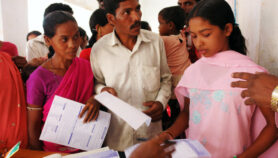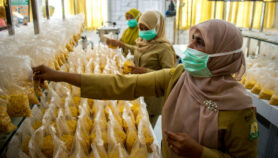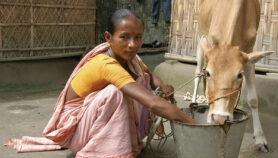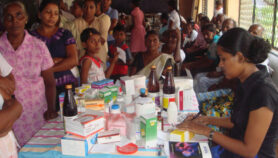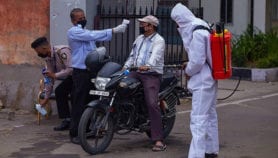16/07/20
India is main supplier of medical goods to UN — report
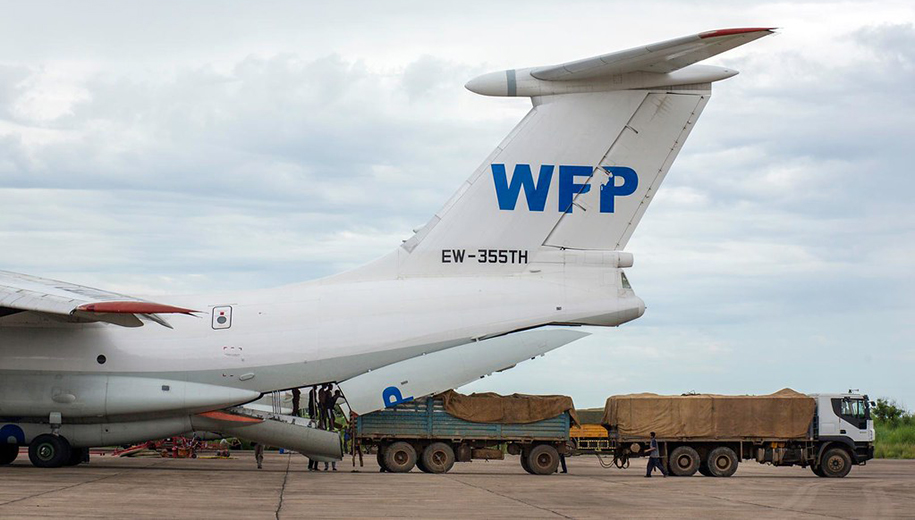
By: Neena Bhandari
Send to a friend
The details you provide on this page will not be used to send unsolicited email, and will not be sold to a 3rd party. See privacy policy.
[SYDNEY] UN procurement of goods and services from developing countries, economies in transition and least developed countries reached an all-time high of $12.3 billion or 62 per cent of all supplies in 2019, says a newly released report.
Three developing countries — India (US$1.1 billion), Yemen (US$872 million) and United Arab Emirates (US$840.5 million) — were among the top five supplier countries, according to the report launched by the UN Office for Project Services (UNOPS) on 9 July.
UN procurement from suppliers in Asia rose by 15.3 per cent between 2016 and 2019. India was again the second largest supplier to UN organisations, while the US maintained top spot (US$1.7 billion).
“India is the main supplier of pharmaceuticals, contraceptives and vaccines to the UN, by far the largest procurement category from India, at a total of US$829 million in 2019. This includes procurement by the World Health Organization (WHO), which is one of the 39 reporting organisations in 2019,” a UNOPS official tells SciDev.Net.
Pharmaceuticals, contraceptives and vaccines, the largest procurement segment since 2010, increased by 8.1 per cent or US$243 million in 2019. It was driven largely by an increase in the procurement of immunomodulating drugs, mainly by UNICEF (US$206 million), Pan American Health Organization (US$78 million) and WHO (US$45 million). The UN spent US$741 million on medical equipment, nearly a quarter more than in 2018.
In 2019, UN agencies and organisations spent US$19.9 billion to procure goods and services from nearly 200 countries and territories. It includes US$3.9 billion procured from least developed countries, an 11.4 per cent increase from 2018.
“2019 saw the biggest jump in procurement by the UN since 2008. It is primarily driven by UNICEF, the World Food Programme (WFP) and the UN Development Programme (UNDP), which work towards meeting core Sustainable Development Goals (SDGs), such as poverty reduction, achieving equity and zero hunger,” Alberto Posso, professor of economics at the Centre for International Development, RMIT University in Melbourne, tells SciDev.Net.
“2019 saw the biggest jump in procurement by the UN since 2008”
Alberto Posso, RMIT University
Yemen has become the third largest supplier. UN spent an extra US$296 million in Yemen in 2019, a rise of 51.4 per cent from 2018. WFP increased its procurement volume, spending US$142 million on transportation, storage and mail services and US$119 million on food and beverage products, followed by UNICEF (US$258 million) and UNOPS (US$99 million).
“Yemen is currently the UN’s largest humanitarian operation, with many UN agencies providing essential critical needs to 24 million Yemenis. There’s a lot of UN collaboration with procurement because of the limited funds available to meet the enormous needs,” Patricia Garcia, honorary associate at the University of Sydney, tells SciDev.Net.
The largest supplier of food and beverage products was Turkey (US$83 million), followed by the United Arab Emirates (UAE), Yemen and Kenya. The UAE remains the largest supplier of fuels and lubricants, supplying 44.3 per cent or US$266 million worth of total UN procurement in the category.
Kenya (US$582 million) was another developing country making it to the top ten. Transportation, storage and mail services (US$177 million) was the main procurement category from the country.
In line with the 2030 SDGs agenda and a number of UN resolutions on procurement reform, UN organisations have continued to increase procurement from developing countries and LDCs. Over 97 per cent of the organisations reported including environmental sustainability as a main consideration in their procurement processes, while economic and social considerations also grew.
Adjunct professor in Asian Studies at the University of Adelaide Purnendra Jain tells SciDev.Net, “It is encouraging to note that procurement from least developed countries, developing and transitioning economies is gradually increasing, signifying their capacity to supply goods and services in a sustainable manner. Much of these procurements from developing countries are for their own country and countries in neighbouring areas; but some, from countries like India, are also distributed much widely.”Management and administrative services (US$45 million), the second largest category in 2018, decreased by 20.7 per cent. “The report suggests that the UNDP decreased its procurement of food and beverages from the UAE and Panama; and fuels and lubricants from Kenya and South Sudan. The data focuses on expenditures, which means that quantities could have increased, but prices fell by more,” Posso tells SciDev.Net.
This piece was produced by SciDev.Net’s Asia & Pacific desk.



